The Gainward GTX 780 is now available priced at about US $649/€649, but we're hoping it will be available for a bit less, since we already saw some listings much closer to $/€600.
We received the sample just a few hours ago, so we don't have many results to share with you, but at least we have some first impressions. Gainward does not have an in-house designed cooler or PCB just yet, so we are looking at a reference Nvidia design.
This means that the GPU base clock is set at 863MHz and the Boost clock is 902MHz. The memory clock is 1502MHz (effective 6008MHz) and it features a 384-bit memory interface. Detailed information is provided by the GPU-Z screenschot below. The GTX 780 is based on the 28nm GK110 GPU which features 2304 CUDA cores. The card is equipped with 3GB of GDDR5 memory. As is the norm in this performance range, the GTX 780 needs 8+6-pin PCI-Express power connectors and it has a 250W TDP.
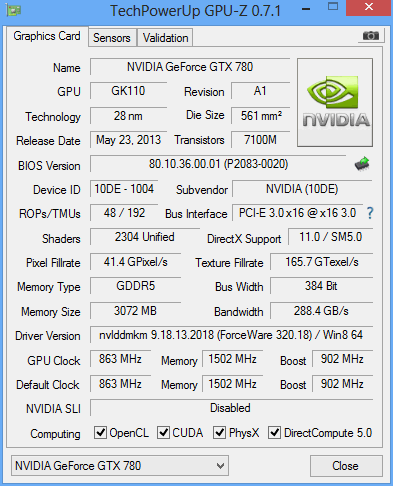
The reference cooler looks great and in fact it is the same one designed by Nvidia for the GTX Titan graphics card. We really like the looks and the performance is good, too. We also like the fact that the card remained silent through the test run. Temperature read-outs can be seen on the following screenshots.
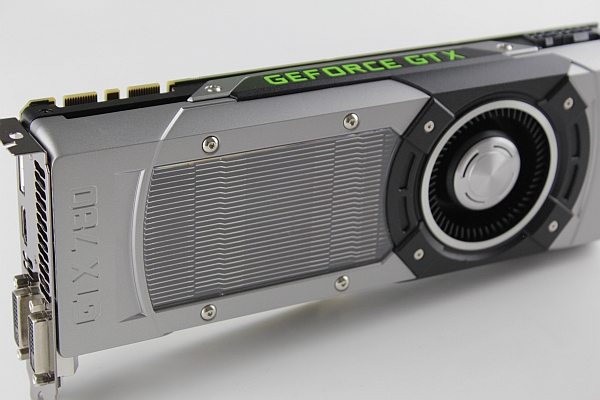
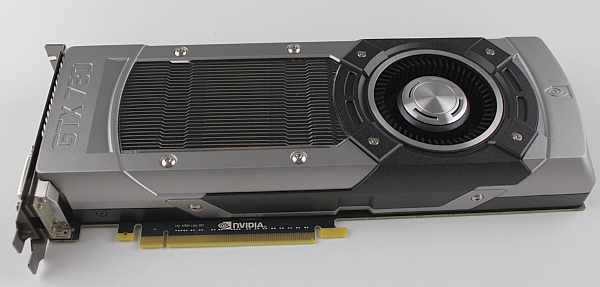
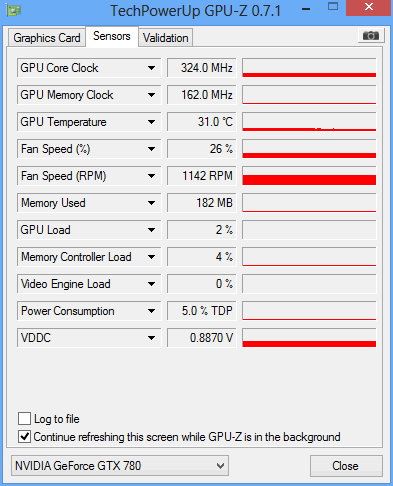
Idle

Load
The Gainward GTX 780 has two dual-link DVI, HDMI and DisplayPort outputs.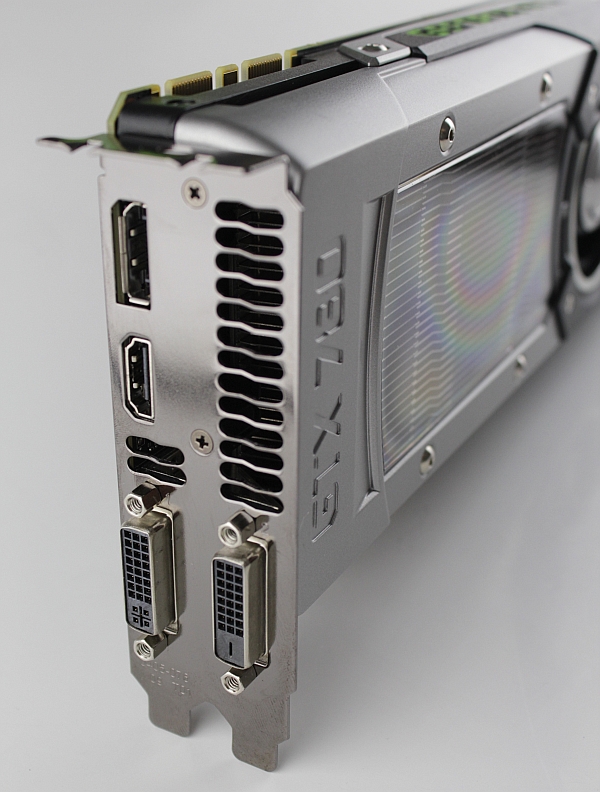
In the Crysis 3 test the GTX 780 scores 36.6 FPS at 1920x1080 and 21.6 FPS at 2560x1600, in both cases with in-game Very High settings. By comparison, the GTX 680 scores 28.1 FPS and 16.2 FPS respectively. This is an improvement of 30 percent at 1920x1080 and 33% FPS at the higher 2560x1600 resolution. Judging by our initial tests, peformance is exceptional, but despite that we believe the GTX 780 should have been priced at $/€ 600. In any case, it is an impressive piece of hardware and we're looking ahead to a busy weekend of testing, tweaking and overclocking, so stay tuned for more.




